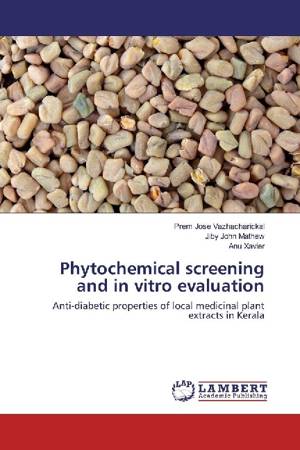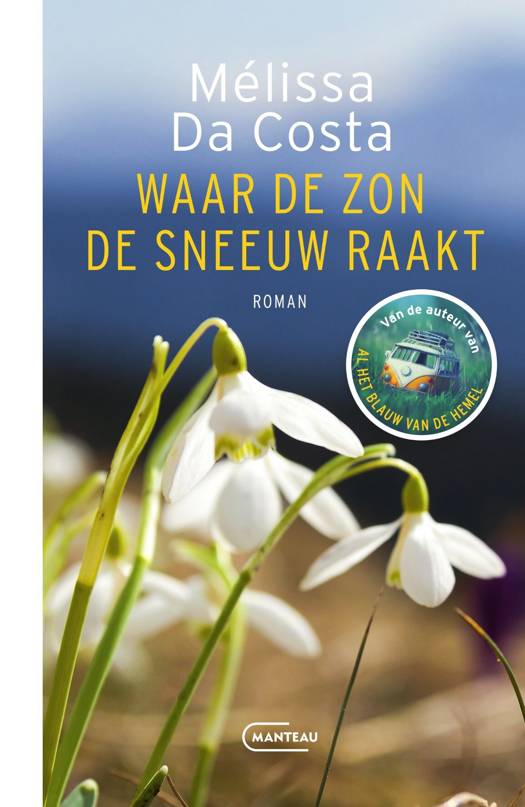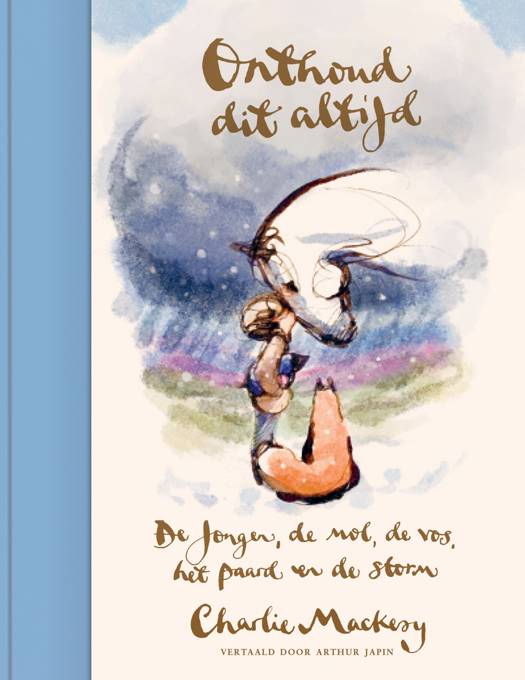
Je cadeautjes zeker op tijd in huis hebben voor de feestdagen? Kom langs in onze winkels en vind het perfecte geschenk!
- Afhalen na 1 uur in een winkel met voorraad
- Gratis thuislevering in België vanaf € 30
- Ruim aanbod met 7 miljoen producten
Je cadeautjes zeker op tijd in huis hebben voor de feestdagen? Kom langs in onze winkels en vind het perfecte geschenk!
- Afhalen na 1 uur in een winkel met voorraad
- Gratis thuislevering in België vanaf € 30
- Ruim aanbod met 7 miljoen producten
Zoeken
Phytochemical screening and in vitro evaluation
Anti-diabetic properties of local medicinal plant extracts in Kerala
Prem Jose Vazhacharickal, Jiby John Mathew, Anu Xavier
Paperback | Engels
€ 35,45
+ 70 punten
Omschrijving
Diabetes mellitus is a chronic disease characterized by elevated blood glucose levels and disturbances in carbohydrate, fat and protein metabolism. The treatment of diabetes with synthetic drugs is costly and chances of side effects are high. Phytomedicine has been used since ancient times in various parts of the world where access to modern medicine is limited. Medicinal plants and phytoconstituents play an important role in the management of diabetes mellitus especially in developing countries where resources are meager. Phytochemicals identified from medicinal plants present an exciting opportunity for the development of new types of therapeutics for diabetes mellitus. Most prevalent among phytochemical groups are the alkaloids, glycosides, polysaccharides, and phenolics such as flavonoids, terpenoids and steroids. This study provide a comparative information about the constituents of Centella asiatica, Phyllanthus niruri, Morus indica and Trigonella foenum-graecum (leaves and seeds) and its effect in sugar level reduction invitro.
Specificaties
Betrokkenen
- Auteur(s):
- Uitgeverij:
Inhoud
- Aantal bladzijden:
- 72
- Taal:
- Engels
Eigenschappen
- Productcode (EAN):
- 9783330016736
- Uitvoering:
- Paperback
- Afmetingen:
- 150 mm x 220 mm

Alleen bij Standaard Boekhandel
+ 70 punten op je klantenkaart van Standaard Boekhandel
Beoordelingen
We publiceren alleen reviews die voldoen aan de voorwaarden voor reviews. Bekijk onze voorwaarden voor reviews.









